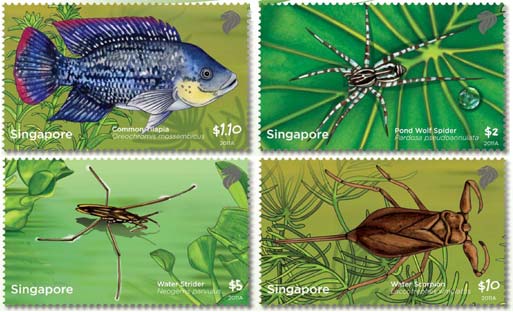Neonicotinoid insecticides like thiacloprid enter agricultural surface waters, where they may affect predator-prey interactions, which are of central importance for ecosystems as well as the functions these systems provide. The effects of field relevant thiacloprid concentrations on the leaf consumption of Gammarus fossarum (Amphipoda) were assessed over 96 h (n = 13-17) in conjunction with its predation on Baetis rhodani (Ephemeroptera) nymphs. The predation by Gammarus increased significantly at 0.50-1.00 ug/L. Simultaneously, its leaf consumption decreased with increasing thiacloprid concentration. As a consequence of the increased predation at 1.00 ug/L, gammarids’ dry weight rose significantly by 15% compared to the control. At 4.00 ug/L, the reduced leaf consumption was not compensated by an increase in predation causing a significantly reduced dry weight of Gammarus (~20%). These results may finally suggest that thiacloprid adversely affects trophic interactions, potentially translating into alterations in ecosystem functions, like leaf litter breakdown and aquatic terrestrial subsidies.
Source:
D.Englert et al. Environmental Pollution 167 (2012) 41-46

- Login om te reageren
